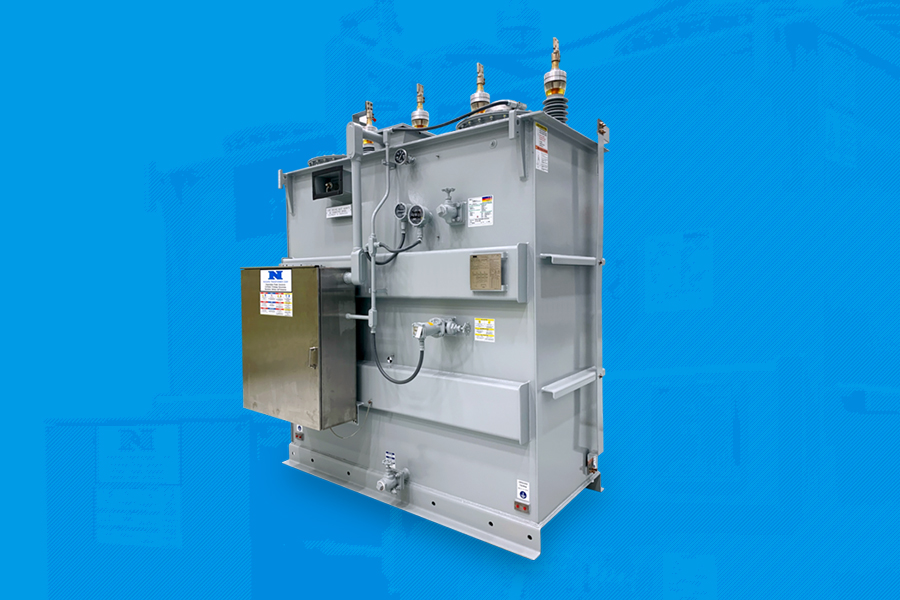In an electrical system, for electricity to flow safely from the power source, it must be grounded. An ungrounded connection is often an unstable one, with the potential to cause short circuits, trip breakers, or even start electrical fires.
To prevent damage to an electrical system and avoid overloading and other dangerous instabilities, grounding transformers are an indispensable component of any electrical system.
What Is Grounding, And What Purpose Does a Grounding Transformer Serve?
While the term “ground” doesn’t always mean the physical ground we stand on, in this context, the term refers to whatever roots an electrical connection down in the event of damage or some other disturbance. For instance, American electrical outlets typically feature holes for three-pronged electrical plugs, one of which is a grounding prong.
The third prong “grounds” the system, ensuring electricity can safely flow through the established connection, even if a part of the connection is damaged. This helps provide an electrical connection that is more stable and safe for the appliances it powers and the people who use them.
For substation power transformers that convert electrical energy to different voltages for use in various industrial and commercial applications, the scale of their operations and power demands may be larger. Still, their need for grounding is just as critical as in any home’s electrical system.
At substations and industrial plants that require the movement and conversion of large amounts of electricity, grounding transformers play a crucial role in ensuring the safe and stable flow of electricity.
The Importance of Grounding
Electrical systems can function acceptably without grounding, but they are vulnerable, meaning that even the slightest problem or damage can negatively affect the entire system. Often, the only way systems are discovered to lack proper grounding is when they become damaged or compromised in some way, leading to disastrous consequences for the system. This wouldn’t have occurred had it been properly grounded.
This isn’t just reserved for electrical fires and other hazards that can cause harm, but also for the appliances or devices that an electrical system powers, which may shut down or short-circuit due to damage or some other irregularity that has occurred anywhere along the line.
Grounded systems avoid the potential domino effect that can happen when something goes wrong by providing an alternate route for electricity to flow when part of the electrical system is damaged or compromised. This ensures that problems affecting one part of an electrical system don’t negatively impact the rest of it.
Grounding transformers perform this function on a large scale, preventing damage, overloads, short-circuits, and other compromising events from significantly affecting the operations of substations, industrial plants, and other facilities where energy is generated, such as wind farms.
The importance of grounding transformers is just as much about safety as it is about preserving the operations of an electrical system; they prevent equipment from being damaged, people from being injured, and, most dangerously of all, electrical fires from being started.
Types of Grounding Transformers
Grounding transformers come in two main types, differentiated by their configuration of wires and windings.
- Zig-Zag: Grounding transformers with a zig-zag configuration consists of one winding. It has four wires connected at a central point that’s grounded. Under imbalance or short circuit conditions, current will flow through all lines, including the neutral.
- Wye-Delta: Grounding transformers consist of two windings. The Wye-Delta configuration has four wires connected in a Wye configuration. The Delta connection is closed and not accessible externally. Under imbalance or short circuit conditions, current will flow through all lines, including the Wye-connected neutral.
Niagara Power Transformer: Powering Industry For Over 100 Years
From the electrical systems powering large wind farms to the wiring in your home, grounding helps protect electrical equipment, prevent fires, and make appliances safer to use. To learn more about Niagara Power Transformers’ history, range of industries served, and wide variety of energy-converting products, contact us today.
